Tom's Hardware Verdict
Asus knocks it out of the park with the ROG Strix X370-I Gaming when it comes to Mini-ITX form factor motherboards. If money is no concern and building a water-cooled small form factor box is the goal, this Asus surpasses other boards and lands our Tom’s Hardware Editor Recommended Award for that use case.
Pros
- +
Above average overclocking
- +
More realistic X370 feature set
Cons
- -
Cost
- -
Specific use case
- -
No video output
Why you can trust Tom's Hardware
Features & Specificiations
The Asus Republic of Gamers (ROG) Strix X370-I Gaming picks up where a preceding motherboard, the Biostar X370 GTN left off. While that board wasn't able to leverage the strengths of AMD's X-Series chipset (to the point were B350 would have been a better choice), the ROG Strix X370-I leverages the chipset's high speed I/O for big-board features like M.2. Add some serious overclocking capability, and you're looking at a tremendously powerful, yet amazingly small, platform for your AM4 processor.
Specifications
| Socket | AM4 |
| Chipset | AMD X370 |
| Form Factor | Mini-ITX |
| Voltage Regulator | 6+2 Phases |
| Video Ports | ✗ |
| USB Ports | 10Gbps:(2) Type A5Gb/s: (4) Type A |
| Network Jacks | (1) Gigabit Ethernet |
| Audio Jacks | (3) Analog |
| Legacy Ports/Jacks | ✗ |
| Other Ports/Jack | (2) Wi-Fi Antenna |
| PCIe x16 | (1) v3.0 (x16) |
| PCIe x8 | ✗ |
| PCIe x4 | ✗ |
| PCIe x1 | ✗ |
| CrossFire/SLI | ✗ |
| DIMM slots | (2) DDR4 |
| M.2 Slots | (1) PCIe v3 x4 / SATA3 2242/2260/2280(1) PCIe v2 x4 / SATA3 2242/2260/2280 |
| U.2 Ports | ✗ |
| SATA Ports | (4) 6Gb/s |
| USB Headers | (1) 5 Gbps(1) USB2.0 |
| Fan Headers | (3) 4-Pin |
| Legacy Interfaces | ✗ |
| Other Interfaces | (1) RGB-LED, (1) Aura Header, (2) Temp Sensor |
| Diagnostics Panel | LED |
| Internal Button/Switch | ✗ |
| SATA Controllers | Integrated (0/1/10) |
| Ethernet Controllers | (1) Intel® I211-AT |
| Wi-Fi / Bluetooth | Realtek 8822BE 802.11ac / Bluetooth 4.1 |
| USB Controllers | ✗ |
| HD Audio Codec | ALC1220 |
| DDL/DTS Connect | ✗ / ✗ |
| Warranty | 3 Years |
Features
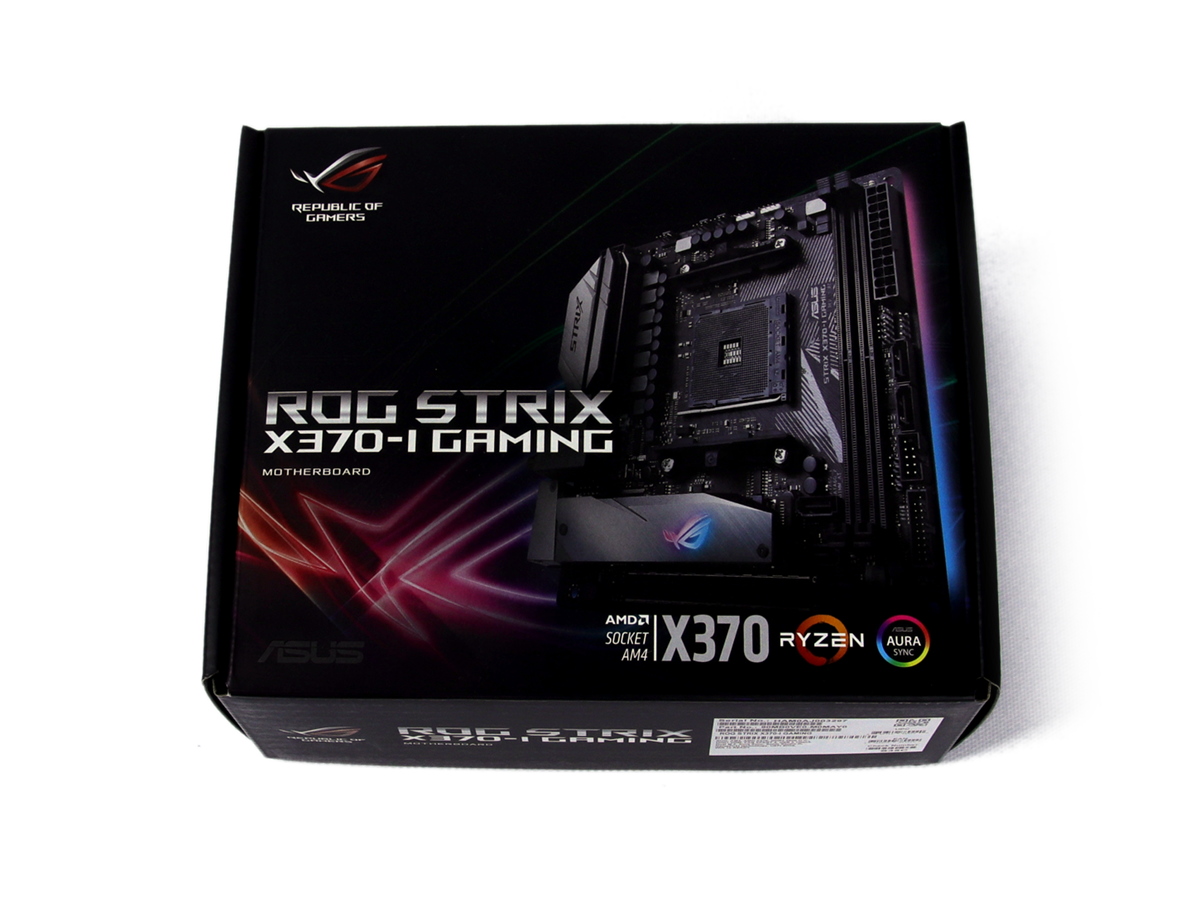

As the I in the name states, the ROG Strix X370-I Gaming deploys AMD’s X370 chipset into the Mini-ITX form factor. Like many Asus products, this board is all polish and features.
The contents of the box hit the sweet spot for what we expect from such a small package. Four SATA cables, documentation and an off-chassis Wi-Fi antenna round out the more standard offerings. The inclusion of a front panel adapter is nice for SFF builders since wiring up chassis cables can be problematic in cramped spaces. Also, the board comes with an addressable RGB extension cable for additional flexibility with system LEDs. Included Asus ROG stickers are less vibrant than those from Gigabyte or MSI.


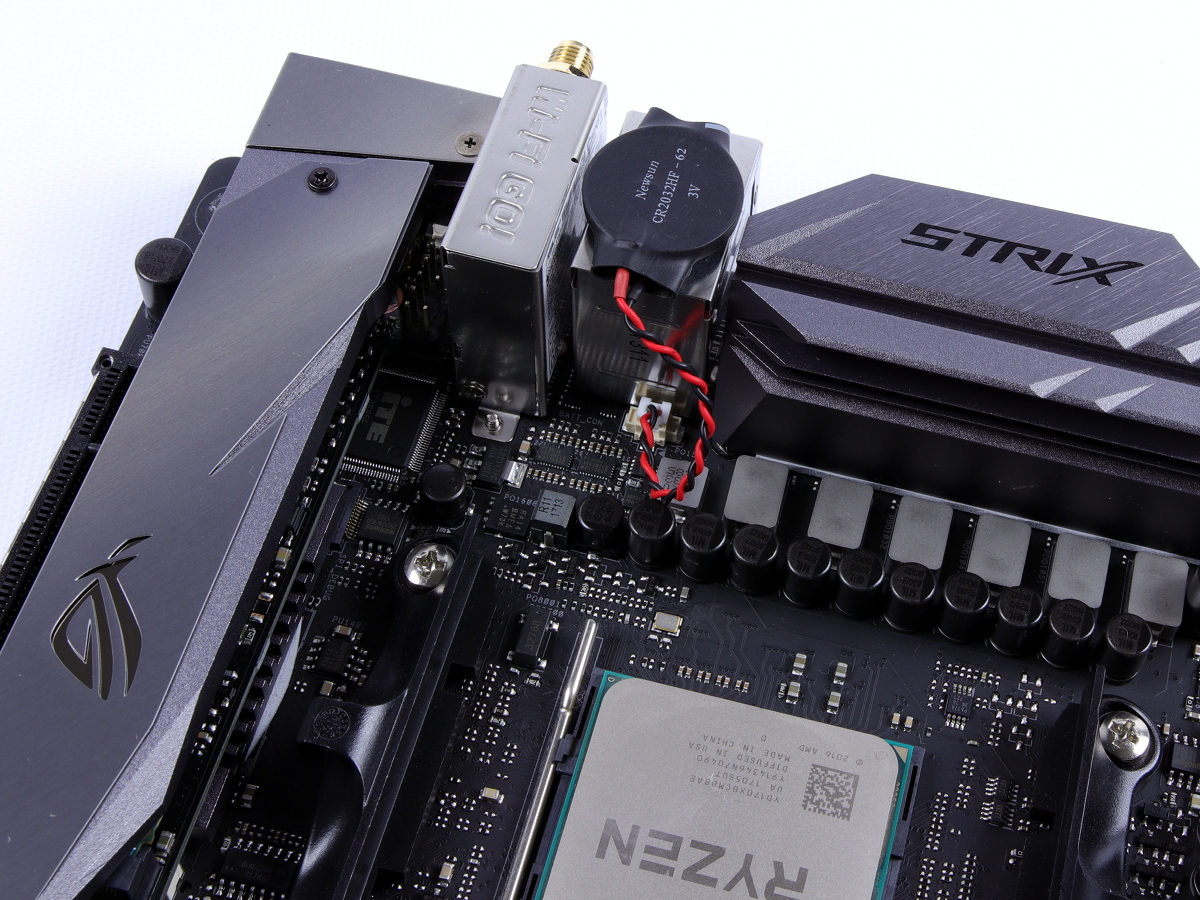
Asus strips the I/O panel down to a very basic configuration. Where we typically see a plethora of ports for legacy input devices, multi-channel audio and ample USB connectivity, ROG Strix X370-I Gaming builders only have access to four USB 3.0, two USB 3.1 Gen2, one gigabit Ethernet, two Wi-Fi antenna ports and three analog audio ports (mic, line-in, line-out). Don’t plan on using an APU (accelerated processing unit) with this board since Asus opted to remove the video outputs in favor of reducing the complexity caused by wiring out iGPU signals. Some might think of this configuration as removing too much, but the cuts allow for a more spacious 8-pin EPS power connector.
Intel's I211-AT module drives the gigabit Ethernet while the Realtek 8822BE provides both 802.11ac and Bluetooth 4.1 connections for a mobile gaming setup. An added perk is the audio ports, which are illuminated according to their intended purpose, meaning when the system is plugged in, red, green and blue light emits out the back to help guide gamers to their headphone and mic jacks.
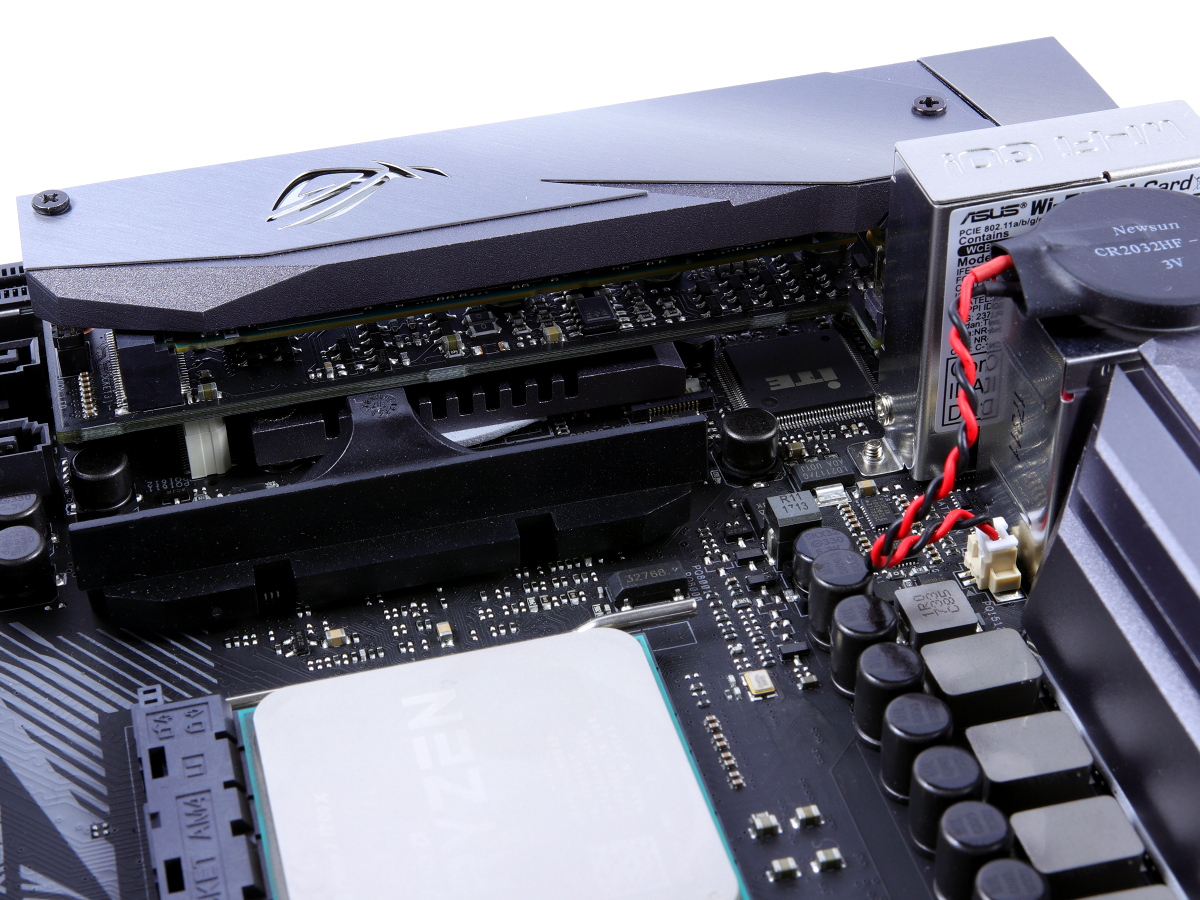



The primary design departure is the included M.2 riser housing. One thing that college students and HGTV enthusiasts know is that accessing vertical space is a great way to sneak in features. Asus takes this to heart and breaks out both the analog audio and primary M.2 interface above the planar. The two screws that secure the M.2 heat spreader are different lengths, so keep that in mind during installation. Also, the heat spreader’s lighting is routed through a seven-pin header with very thin pins, requiring extra caution during installation. Though not necessary, accessing the lowest layer of the stack is accessible by removing a few more screws and carefully removing the upper PCB.
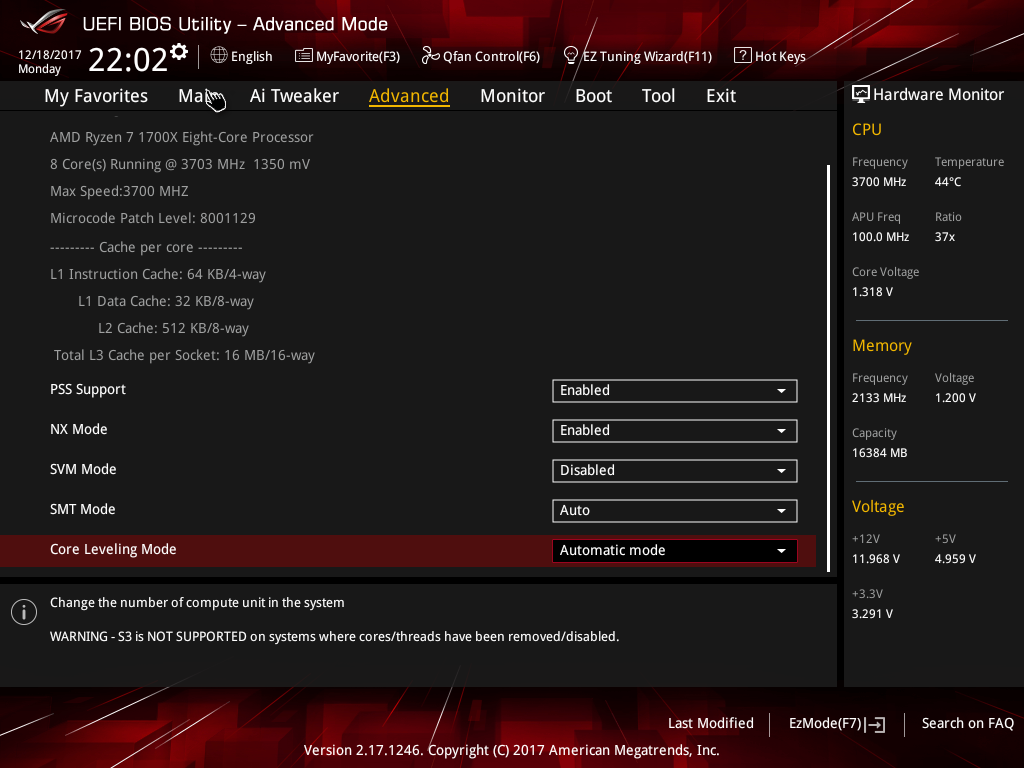

















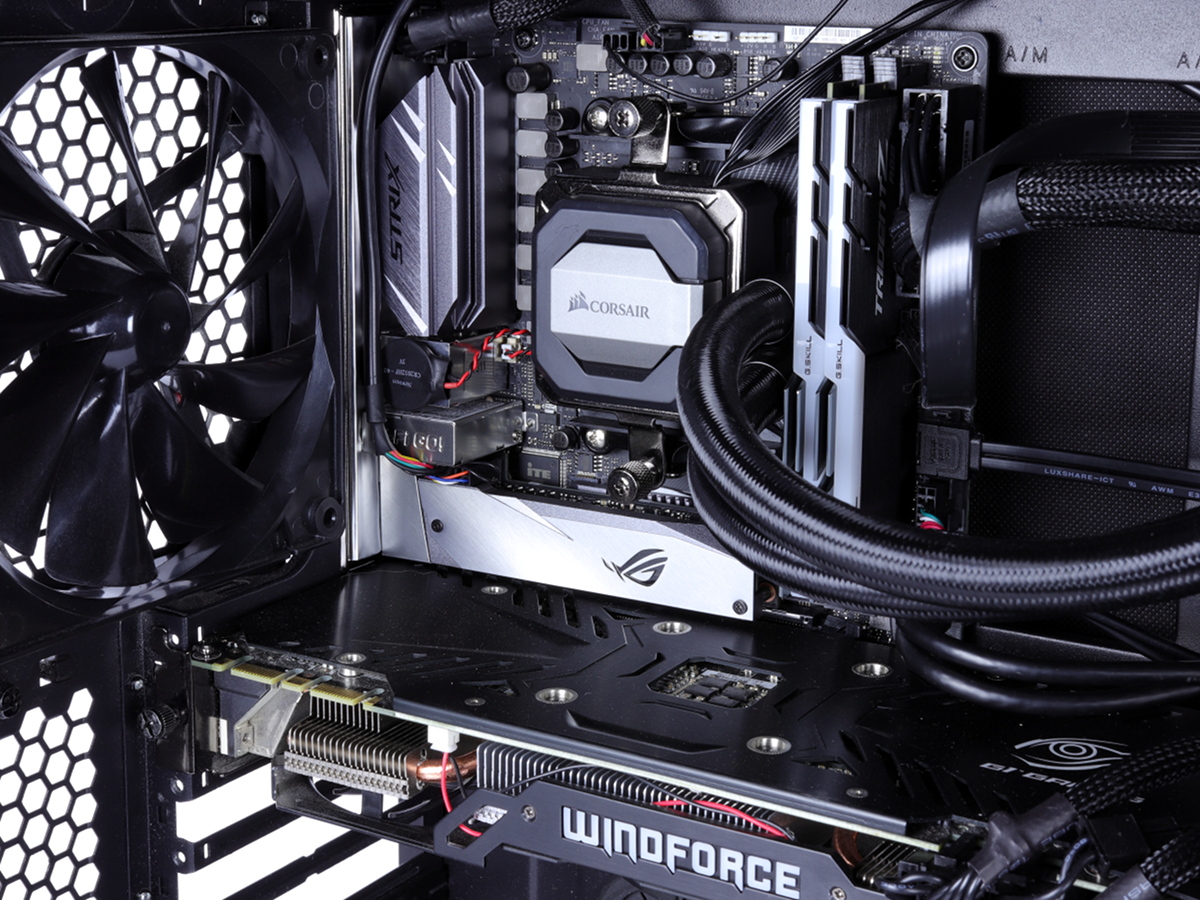
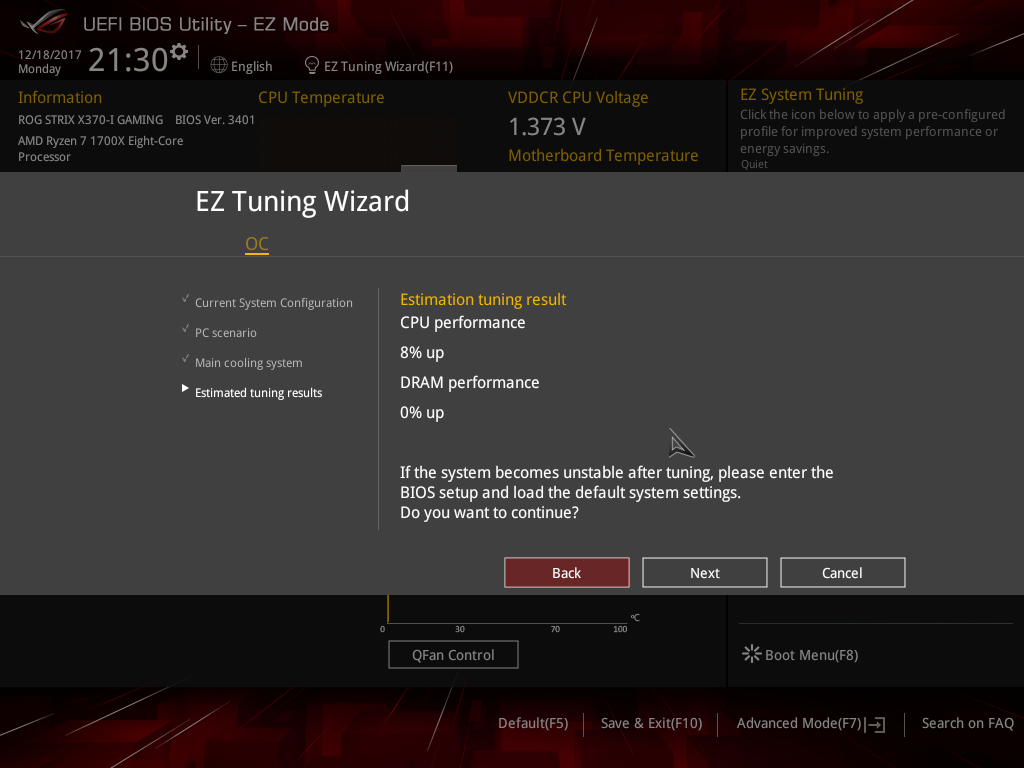
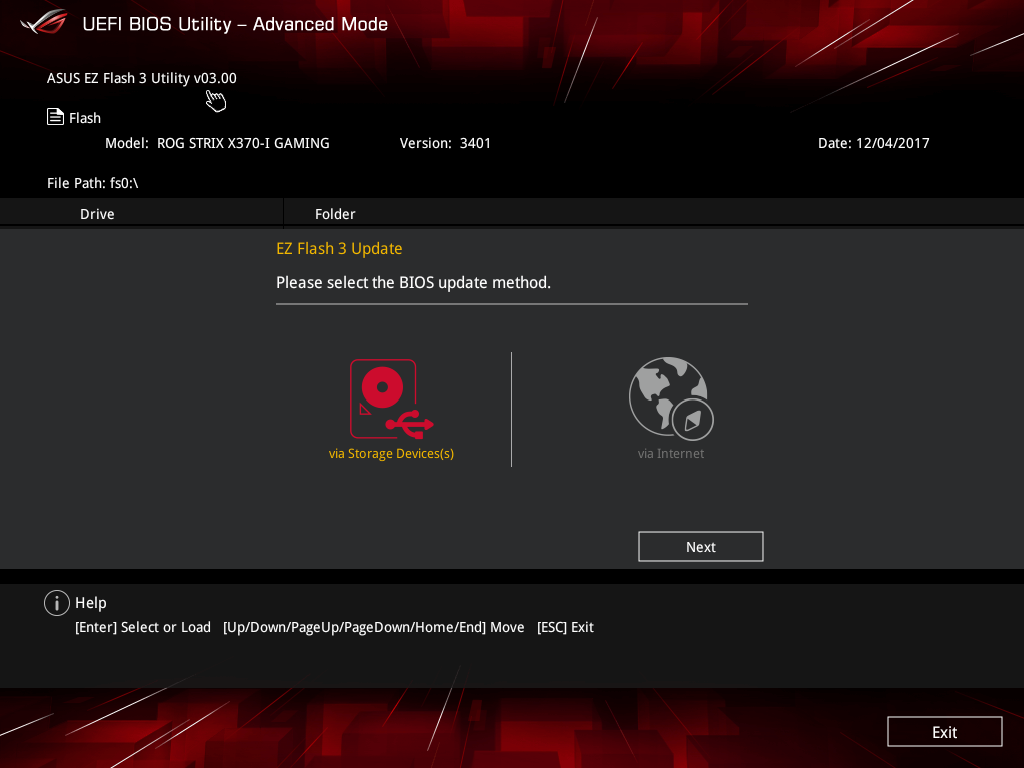





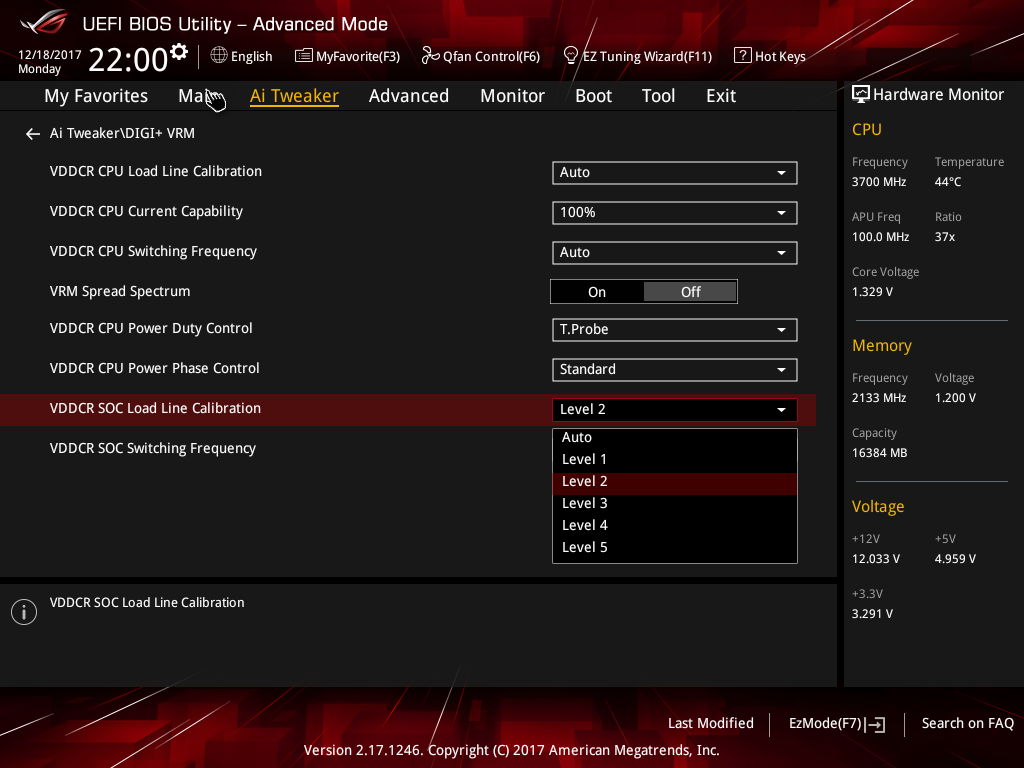




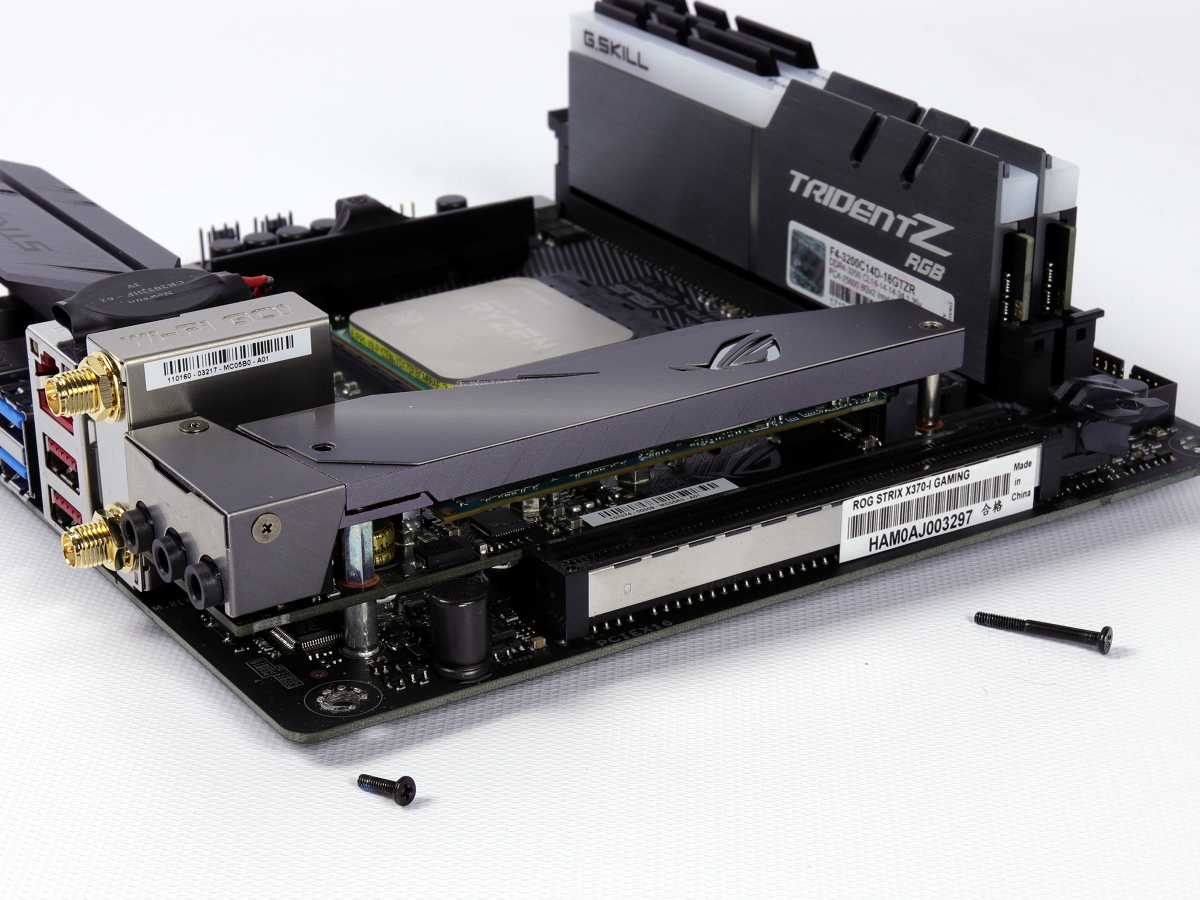
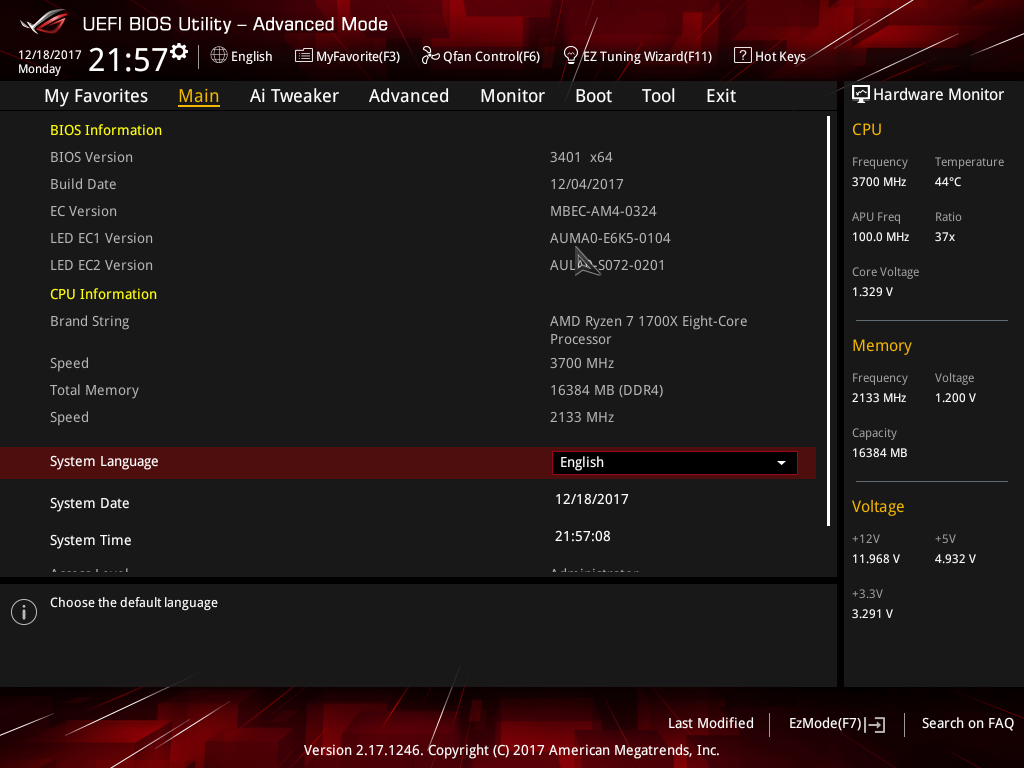



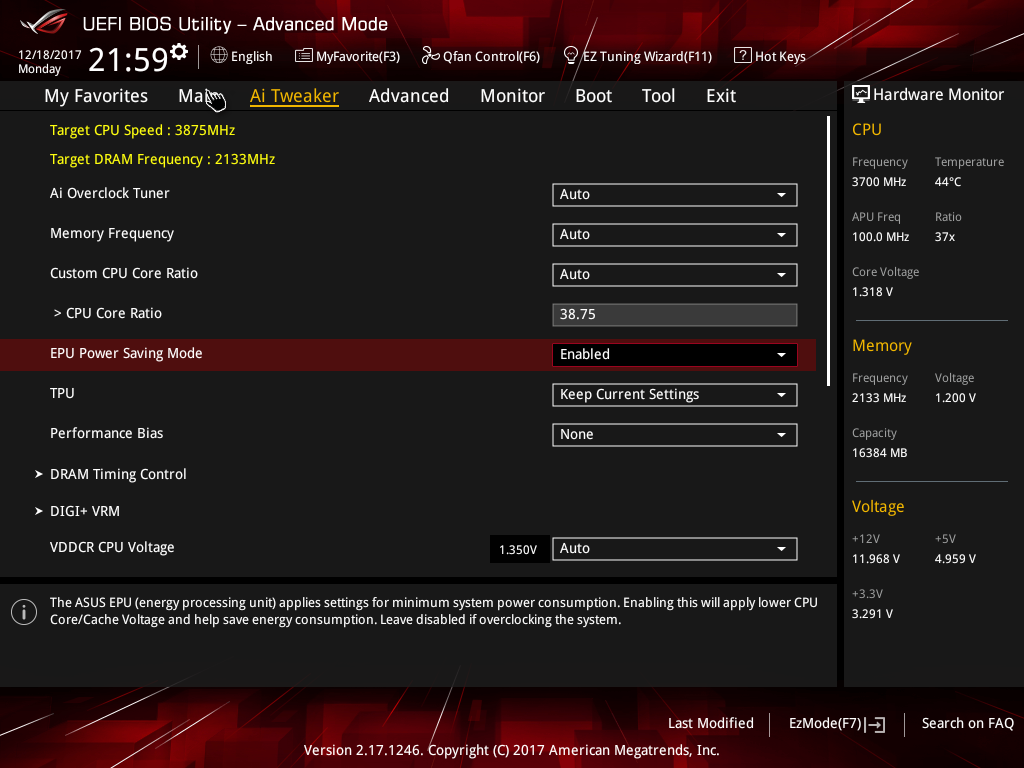





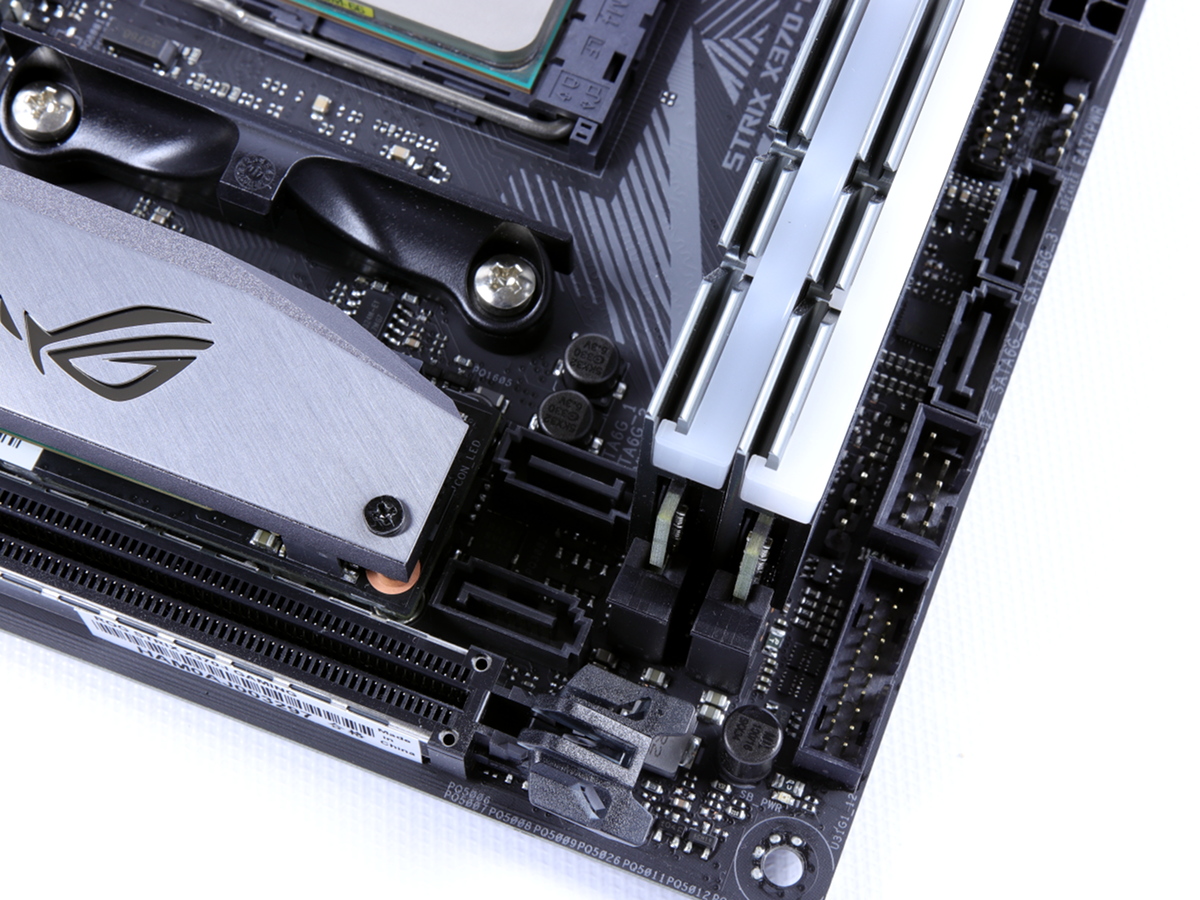

















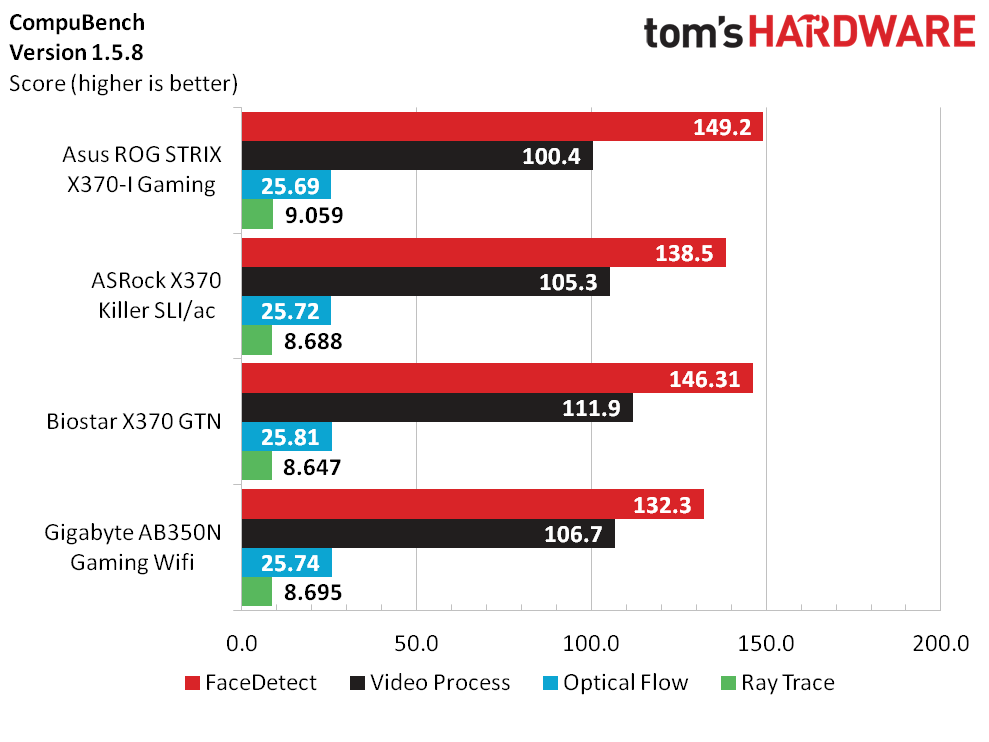

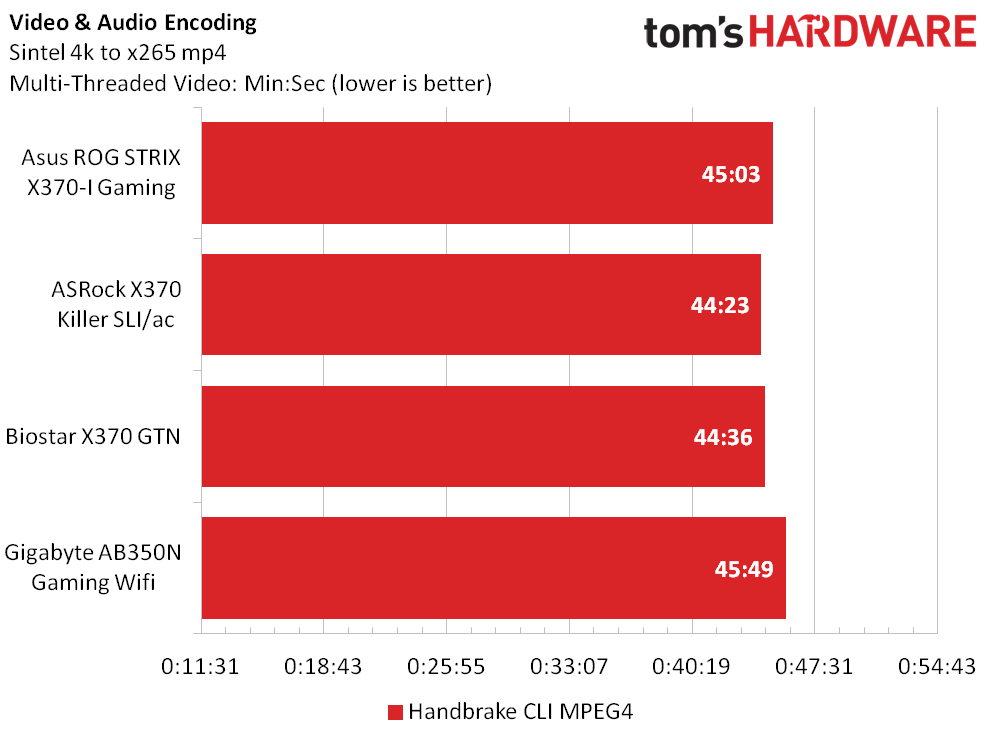


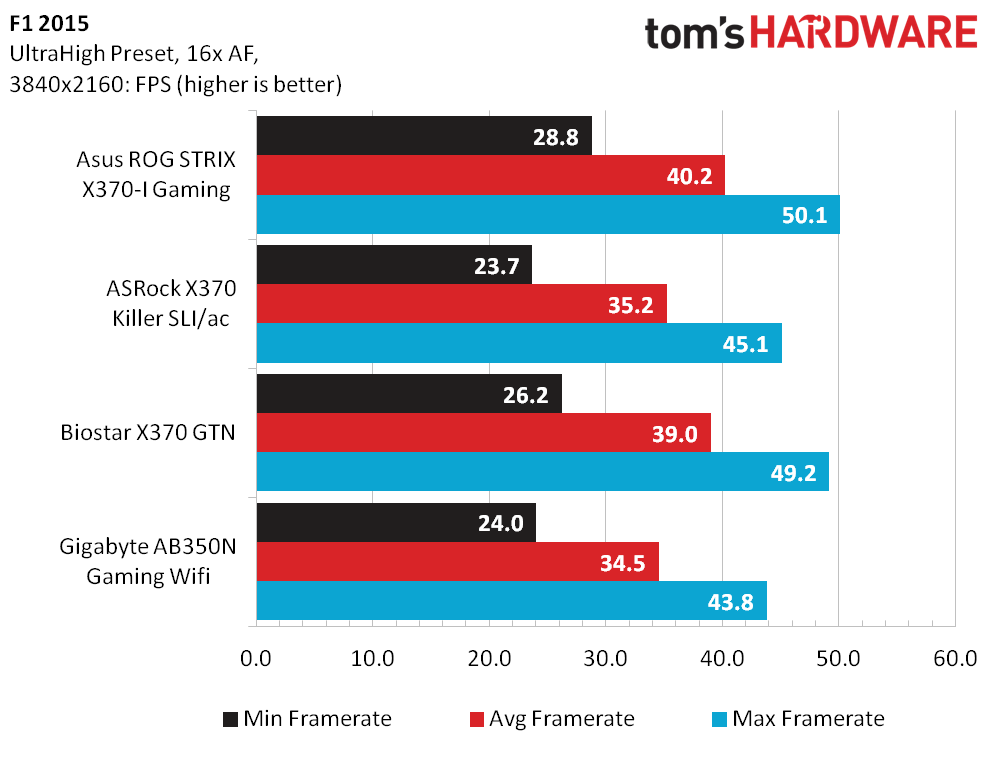




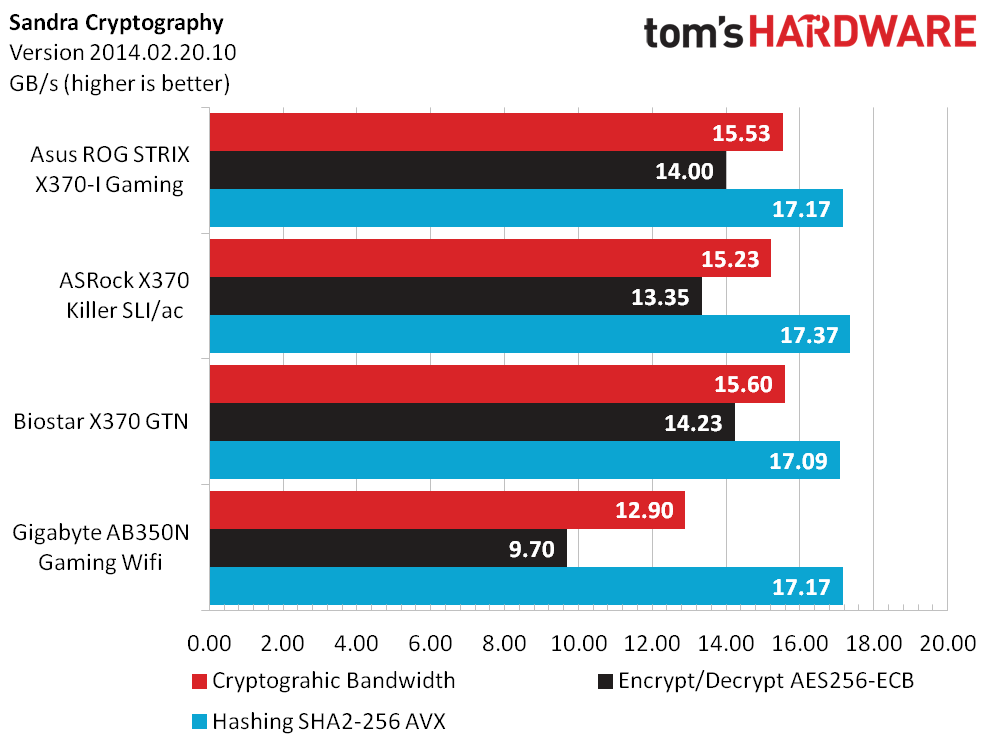










In case one M.2 doesn't satisfy a builder’s storage needs, Asus places a second M.2 on the underside of the planar with access to four lanes of PCIe Gen2. Though not preferable from a performance perspective, this solution is optimal for compact case builders, as two of the included four SATA connectors are sandwiched between the M.2 riser and the DIMM slots. However, the remainder of the SATA headers is easily accessible along with the USB 3.0, USB 2.0 and front panel headers (use that included extension as necessary).
Get Tom's Hardware's best news and in-depth reviews, straight to your inbox.




Continuing the journey along the right side of the board, the 24-pin ATX connector is snuggly placed next to the two DDDR4 single-latch DIMM slots. The northern edge of the board hosts the two RGB headers, three 4-pin fan headers and the spacious 8-pin 12V EPS connector.
Let’s not forget about the front-panel audio connector, which is an unfortunate victim of Asus’ clever board placement, considering it resides in the shadows of the M.2 shield and the Wi-Fi module riser. This is unsightly for our build, but maybe there’s a better way to route this cable that we just can’t execute on our Thermaltake F51 Suppressor.



As with any Mini-ITX board, placement preferences are subjective and some parts fit better into specific enclosures or use cases. The Asus ROG Strix X370-I Gaming trimmed off just the right number of basic features to accommodate the premium features and performance that is synonymous with the X370 we’ve come to love. Sure, having access to the full allotment of USB on the back panel along with expanded audio connections would be nice, but both of those features are lower in priority than additional storage for a small form factor build.
MORE: Best Motherboards
MORE: How To Choose A Motherboard
MORE: All Motherboard Content
Current page: Features & Specificiations
Next Page Software & Firmware: Asus’ Spin on Terminology-
zodiacfml Considering the cost of the board, it will be unlikely for a buyer to get an APU for this board. Besides, one can return a CPU or the mobo if that happens.Reply
Removing the video output is a good decision -
Nintendork It basically kills one of his main catch's, build an SFF with the 2400G APU and upgrade later to future APU's while having a good quality mobo.Reply -
why_wolf Not so upset by the removal of the video out since the Ryzen chips don't have an iGPU by default like Intel. That said it is really nice to have an iGPU and video out on the board as a fail safe if your GPU kicks the bucket.Reply -
emeraldsmines1990 Reply21135789 said:Considering the cost of the board, it will be unlikely for a buyer to get an APU for this board. Besides, one can return a CPU or the mobo if that happens.
Removing the video output is a good decision
Removing the Video output is not a good thing because the board is already expensive. and it does not cost them that much to add HDMI to the board.
it is like you saying : Expensive intel motherboards should not have HDMI/DVI output ?? because people will add a GPU card to them anyways ?
what kind of logic is this ?